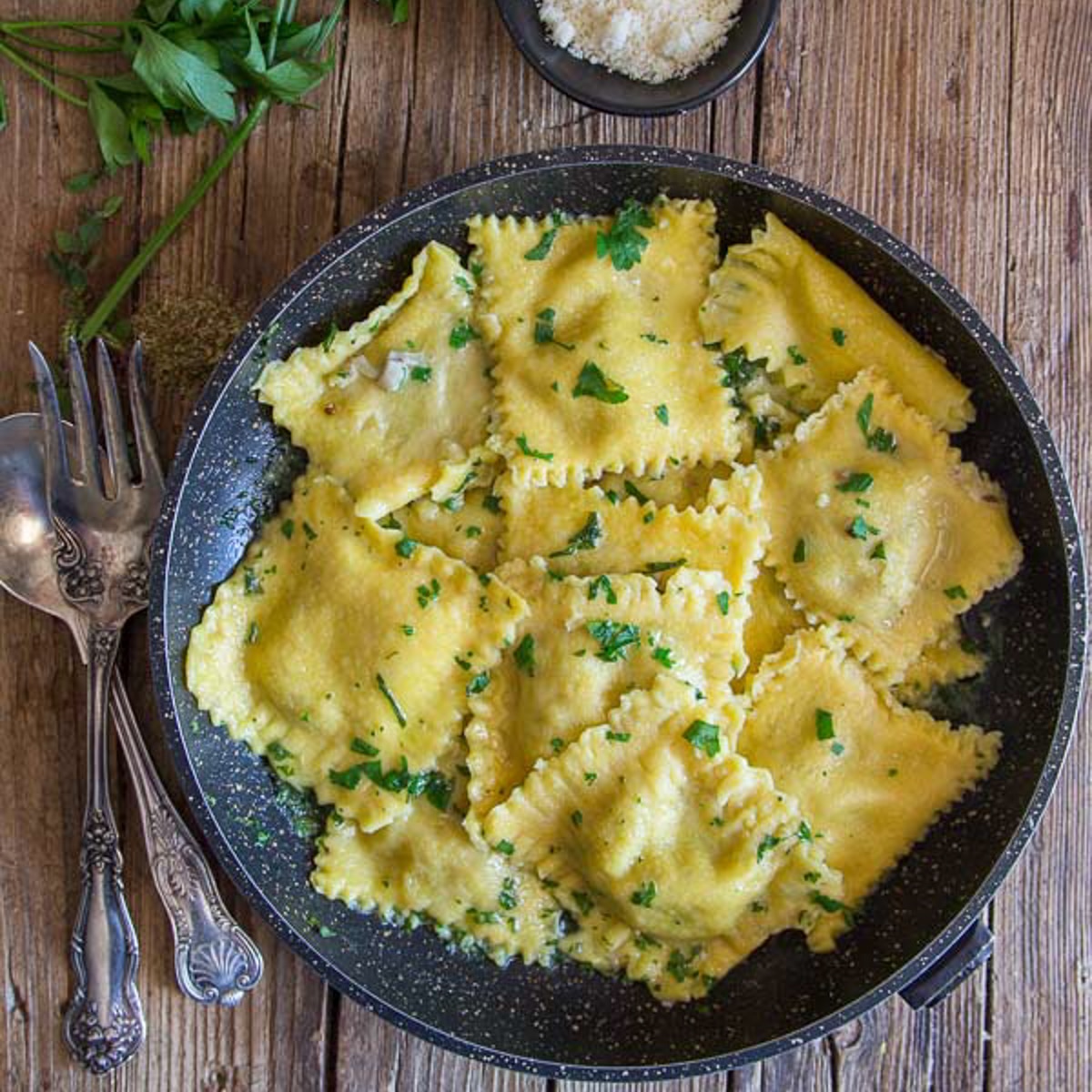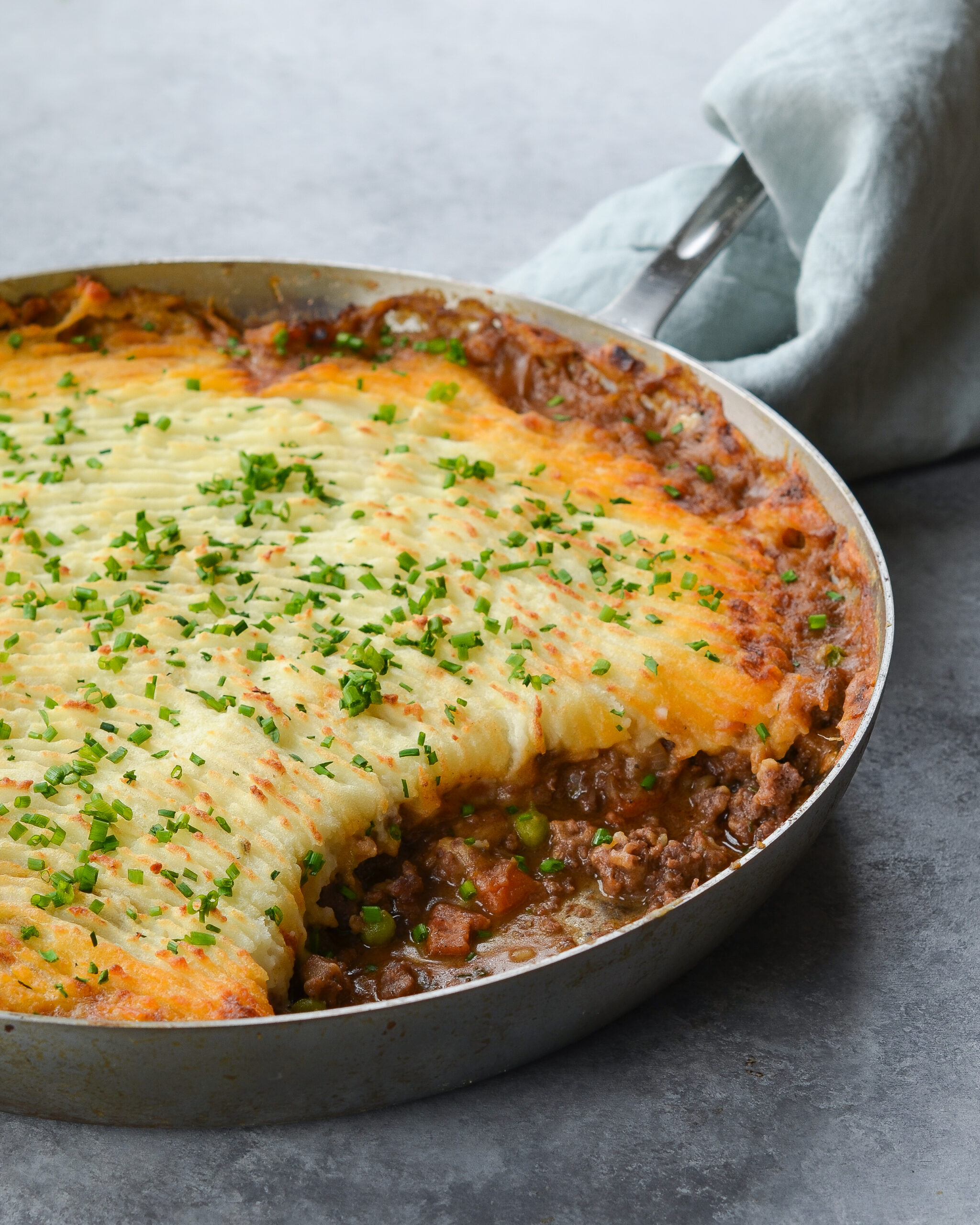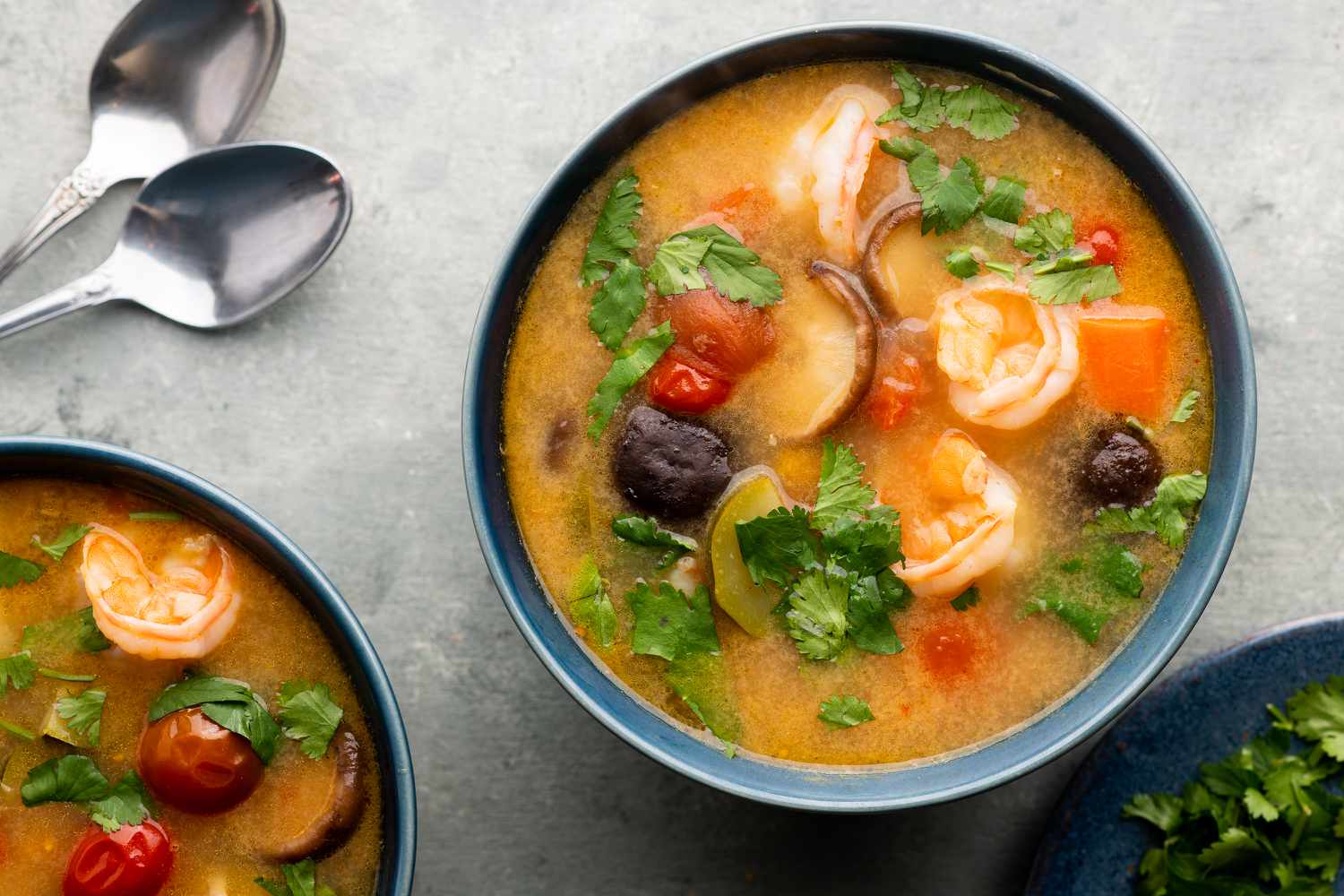Ravioli is a classic Italian pasta dish that has been enjoyed for centuries. This delicious dish is filled with a variety of ingredients and has a unique texture that makes it a favorite among pasta lovers. The art of making ravioli is a time-honored tradition in Italian home cooking, with various techniques and regional variations that reflect the country’s culinary diversity. In this article, we will explore the techniques and traditions of making ravioli from scratch.
Origins and Significance of Ravioli
Ravioli is believed to have originated in the northern region of Italy, where it was commonly served during religious holidays and special occasions. The dish is made by wrapping a thin layer of pasta around a filling of meat, cheese, or vegetables, and then boiling it in water.
Ravioli holds a significant place in Italian cuisine and culture. It is a dish that is often associated with family and tradition, and is typically enjoyed as part of a larger meal. In Italian households, making ravioli from scratch is considered a time-honored tradition that is passed down from generation to generation.
Making Ravioli from Scratch
Making ravioli from scratch requires a few essential tools, such as a pasta roller, a ravioli mold, and a pastry cutter. The pasta dough is made with flour, eggs, and water, and is rolled out to a thin sheet. The filling is prepared separately and then placed onto the pasta sheet in small portions.
The pasta is then folded over the filling and cut into individual ravioli using a ravioli mold or a pastry cutter. The ravioli are then boiled in salted water until they are tender and cooked through.
Techniques and Traditions of Ravioli Making
The technique for making ravioli varies depending on the region of Italy. In Emilia-Romagna, for example, the pasta is made with eggs and flour, while in Liguria, the pasta is made with semolina flour and water. In some regions, the filling is made with a mixture of meat and cheese, while in others, it is made with only cheese and vegetables.
Regional Variations of Ravioli
In addition to the differences in techniques, there are also various regional variations of ravioli throughout Italy. In Lombardy, for example, ravioli is typically filled with a mixture of meat, cheese, and spinach, and is served with a rich tomato sauce. In Tuscany, ravioli is filled with ricotta cheese and spinach and is served with a simple butter and sage sauce.
Ravioli Fillings and Sauces
Ravioli fillings can be made with a variety of ingredients, such as meat, cheese, vegetables, and herbs. Some traditional fillings include ricotta cheese and spinach, ground beef and pork, and mushrooms and truffles.
Sauces also play an important role in enhancing the flavors of ravioli. Traditional sauces include tomato sauce, butter and sage sauce, and a meat ragù sauce. In some regions, ravioli is served with a creamy cheese sauce or a pesto sauce made with basil and pine nuts.
Serving and Pairing Ravioli
Ravioli is typically served as a main course or as part of a larger meal. It pairs well with a variety of dishes, such as roasted meats, grilled vegetables, and salads. When serving ravioli, it is important to pair it with a complementary sauce and to garnish it with fresh herbs and grated cheese.
Conclusion
The art of making ravioli is a time-honored tradition in Italian home cooking that reflects the country’s culinary diversity and cultural significance. From the techniques and traditions of making





